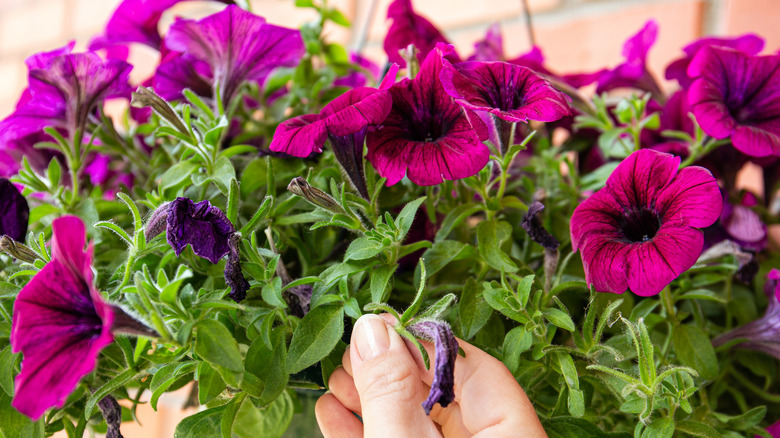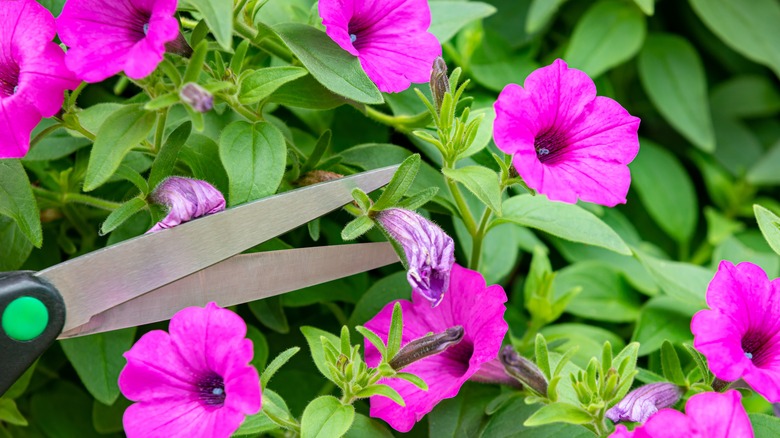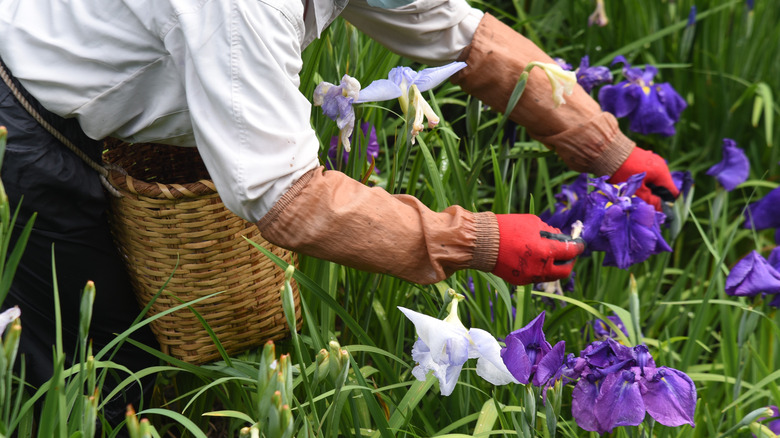How To Care For Spring-Blooming Bulbs After The Flowers Die
Growing spring-blooming flowers in your garden gives you the luxury of starting the gardening season early enough. You get to enjoy colorful flowers immediately after the cold winter season is gone, and they can last all the way to May. Nevertheless, it is common for gardeners to wonder what to do with their plants when summer finally arrives. Right after blooming, the spent flowers usually die back while the foliage fades; however, the specific type of aftercare will depend on that particular bulb and whether it is treated as an annual or perennial plant.
For the gardeners who choose to treat their flowering bulbs as annuals, the plants are no longer useful and should be uprooted to give space for new plants, mentions Total Landscape Care. This is particularly true if you want to grow new plants. On the other hand, perennial flowering bulbs will need proper aftercare in preparation for the next flowering season. One of the most important care practices for this type of bulb is deadheading. Here are reasons why you need to deadhead your perennial flowering bulbs and a few tips for deadheading the flowers yourself.
Benefits of deadheading
Immediately after blooming, the best thing you can do for your plant is to remove the dead flowers to prevent the unnecessary development of seeds. This process involves the pruning of spent flowers and seed buds to facilitate proper growth and the development of new flowers. Essentially, deadheading is about redirecting the plant's energy to the desired direction, reports the University of Illinois. The energy that would otherwise be spent on the production of seeds is channeled into further flower growth.
Although allowing the plant to grow seeds ensures the survival of that particular species, you will be risking finding new seedlings in unexpected places. Other than that, it is also notable that most flowers lose their aesthetic appeal once the blooms start to fade. Therefore, deadheading can be an effective method of increasing the flowering performance for that particular plant, allowing you to enjoy the beautiful flowers for longer. Keep in mind that not all flowers benefit from deadheading; some perennial plants need to reseed in preparation for bloom in the following season.
How to deadhead flowers
The good news is that deadheading is not a difficult task. Depending on the hardiness of the plant, you may use your bare hands or pruners to make the cut. All you need to do is to cut the stem right below the spent blooms; however, you need to make sure that there are no hidden buds underneath. While deadheading, be sure not to remove any foliage from the plant, at least not before it starts to wither and turn yellow.
Keep in mind that it is the leaves that help the plants produce the necessary energy for proper growth and the production of new flowers (via the University Of Missouri). How long it will take for the foliage to turn yellow will depend on the size of the plant. The leaves of larger plants, like tulips, tend to take longer to wither than the shorter varieties. For most spring-blooming bulbs, the best time to remove the spent flowers is immediately after they start losing their appeal.


